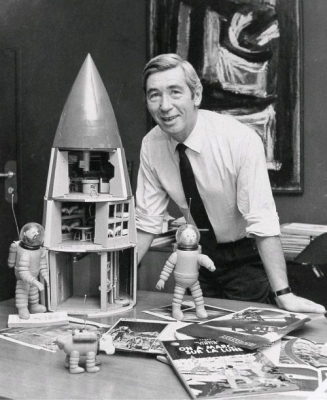Which Russian pole-vaulter with numerous world records to her credit was the first woman to clear the five-mt mark in the sports history?

Yelena Isinbayeva, also spelled Elena Isinbaeva, (born June 3, 1982, Volgograd, Russia, U.S.S.R. [now in Russia]), Russian pole-vaulter who achieved numerous world records and became the first woman to clear the 5-metre (16-foot 4.75-inch) mark in the sport’s history.
She became the first woman to clear the five-metre barrier in 2005. Her current world record is 5.06 m outdoors, set in Zurich in August 2009. Her 5.01 m indoors was the world record for just over a year. The latter was Isinbayeva's twenty-eighth pole vault world record. On 2 March 2013, Jenn Suhr joined Isinbayeva as the only women who have cleared 5 metres. In the process, Suhr took Isinbayeva's indoor world record.
Isinbayeva was named Female Athlete of the Year by the IAAF in 2004, 2005 and 2008, and World Sportswoman of the Year by Laureus in 2007 and 2009. In 2007 she entered in the FICTS "Hall of Fame" and was awarded with "Excellence Guirlande D'Honneur". She was given the Prince of Asturias Award for Sports in 2009. She is one of only nine athletes (along with Valerie Adams, Usain Bolt, Veronica Campbell-Brown, Jacques Freitag, Kirani James, Jana Pittman, Dani Samuels, and David Storl) to win world championships at the youth, junior, and senior level of an athletic event.
At the 2000 World Junior Championships in Athletics Isinbayeva again took first place clearing 4.20 m ahead of German Annika Becker. The same year the women's pole vault made its debut as an Olympic event in Sydney, Australia where Stacy Dragila of the United States took gold. In the same event Isinbayeva did not make it out of the qualifying round.
She won another gold medal in 2001, this time at the European Junior Championships with a winning height of 4.40 m.
Isinbayeva continued to improve and 2002 saw her clear 4.55 m at the 2002 European Athletics Championships, where she gained her first senior championship medal (silver), finishing 5 cm short of her compatriot Svetlana Feofanova.
Picture Credit : Google







